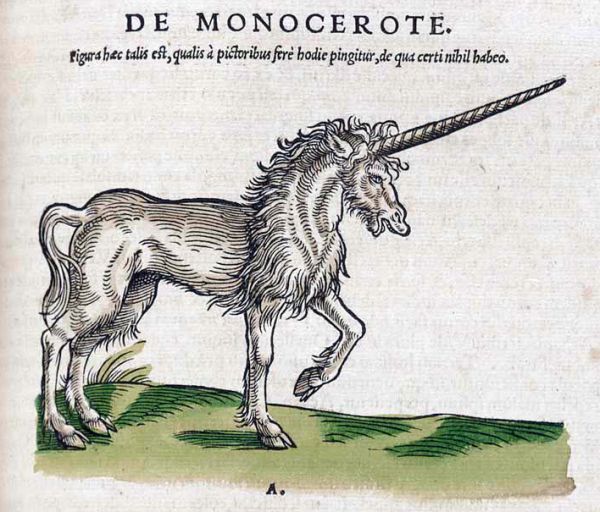
1. The first known depiction of a unicorn—found in the Lascaux Caves of modern-day France—dates to around 15,000 BCE! Or so people thought, until they realized that the so-called Lascaux unicorn had two horns, drawn confusingly close together.
2. The earliest record of unicorns in Western literature belongs to Greek historian Ctesias. In the 5th century BCE, he wrote that the beast had a white body, purple head, blue eyes, and a multicolored horn—red at the tip, black in the middle, and white at the base.
3. In his travels, Marco Polo believed he stumbled across unicorns. He wrote, “They are very ugly brutes to look at. They are not at all such as we describe unicorns.” That’s because they were actually rhinoceroses.
4. Genghis Khan reportedly decided not to conquer India after meeting a unicorn, which bowed down to him; he viewed it as a sign from his dead father and turned his army back.
5. During the Dark Ages, when science famously took a back seat to illogical hunches, collections known as bestiaries listed the biological properties and medicinal use of known animals, which at the time included unicorns. It’s in these collections that virgins were first described as having great power over the creatures.
6. The King James version of the Old Testament contains nine references to unicorns, thanks to a mistranslation of the Hebrew word re’em. The original word was likely the Assyrian rimu (auroch), an extinct species of wild ox.
7. The legend that unicorn horns could counteract poison and purify water was bad news for narwhal populations, as the single tooth protruding from the front of the whale’s head made for a popular counterfeit. The Danes even had a throne made of narwhal horns.
8. At its height, “unicorn horn” was literally worth 10 times its weight in gold. In 1560, German merchants sold a unicorn horn for an astronomical 90,000 scudi—then about £18,000—to the pope. Pharmacies in London sold powdered unicorn horn as late as 1741.
9. Early unicorn heraldry can be found on the ancient seals of Babylonia and Assyria, but it’s most famously attached to Scotland’s King James III in the 1400s. Two gold coins of that era were even known as the unicorn and the half-unicorn!
10. If you’re looking to hunt a unicorn, but don’t know where to begin, try Lake Superior State University in Sault Ste. Marie, Michigan. Since 1971, the university has issued permits to unicorn questers. Anyone embarking on such a search is advised to carry a flask of cognac and a pair of pinking shears.

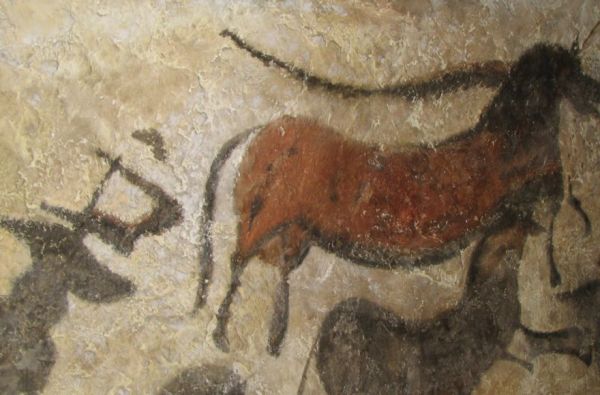
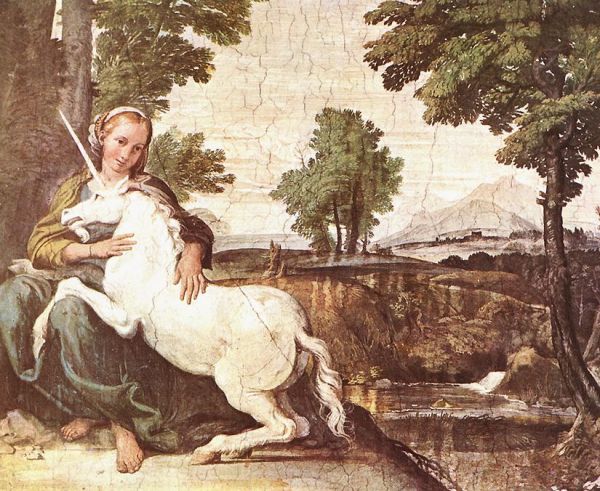
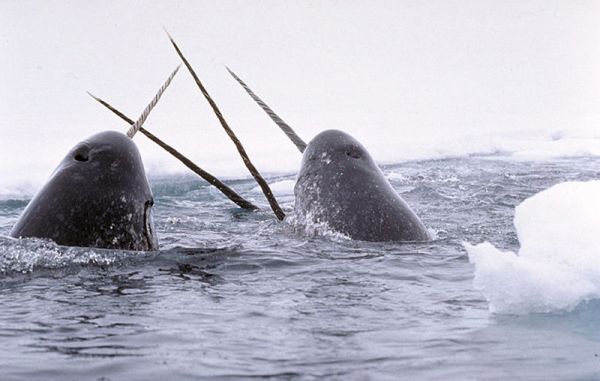
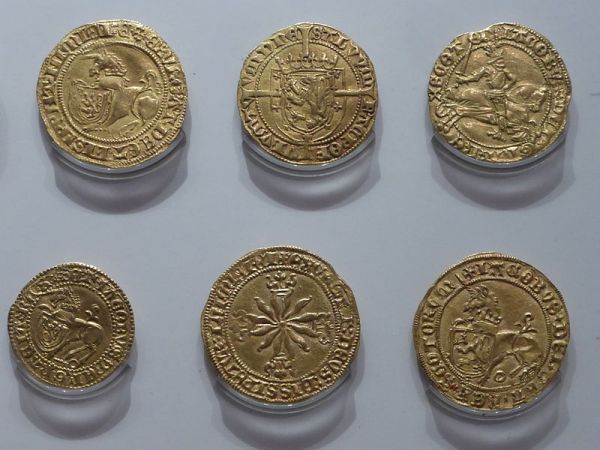
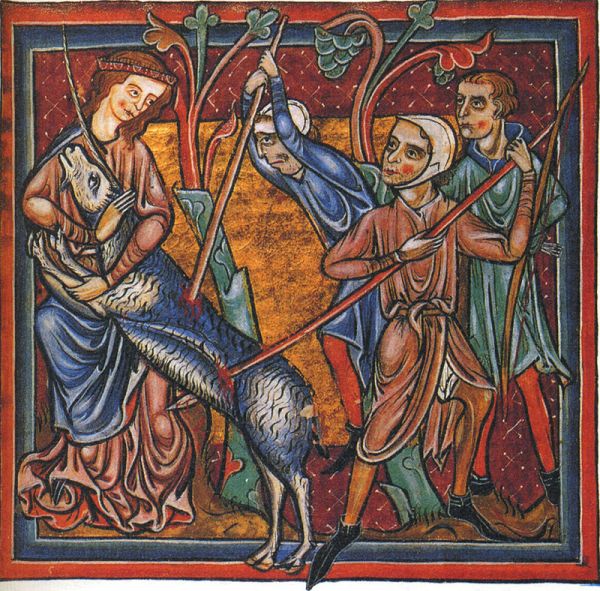
No comments:
Post a Comment